World Science Report
The UNESCO Science Report series was launched in 1993 under the name of World Science Report series. The series monitors the evolution of the support system for science, technology and innovation worldwide over time, through the eyes of an independent team of experts who are each writing about the country or region from which they hail. The first chapter provides a global overview. Each subsequent chapter begins with an introduction placing the country or region under study in its socio-economic and political context. On the basis of the most recent data available − many of which are provided by the UNESCO Institute for Statistics − the author(s) then goes on to identify and discuss emerging trends and developments in scientific research and higher education, before concluding with a number of policy recommendations.
Filter :
Sustainable Development Goals
Темы
Publication date
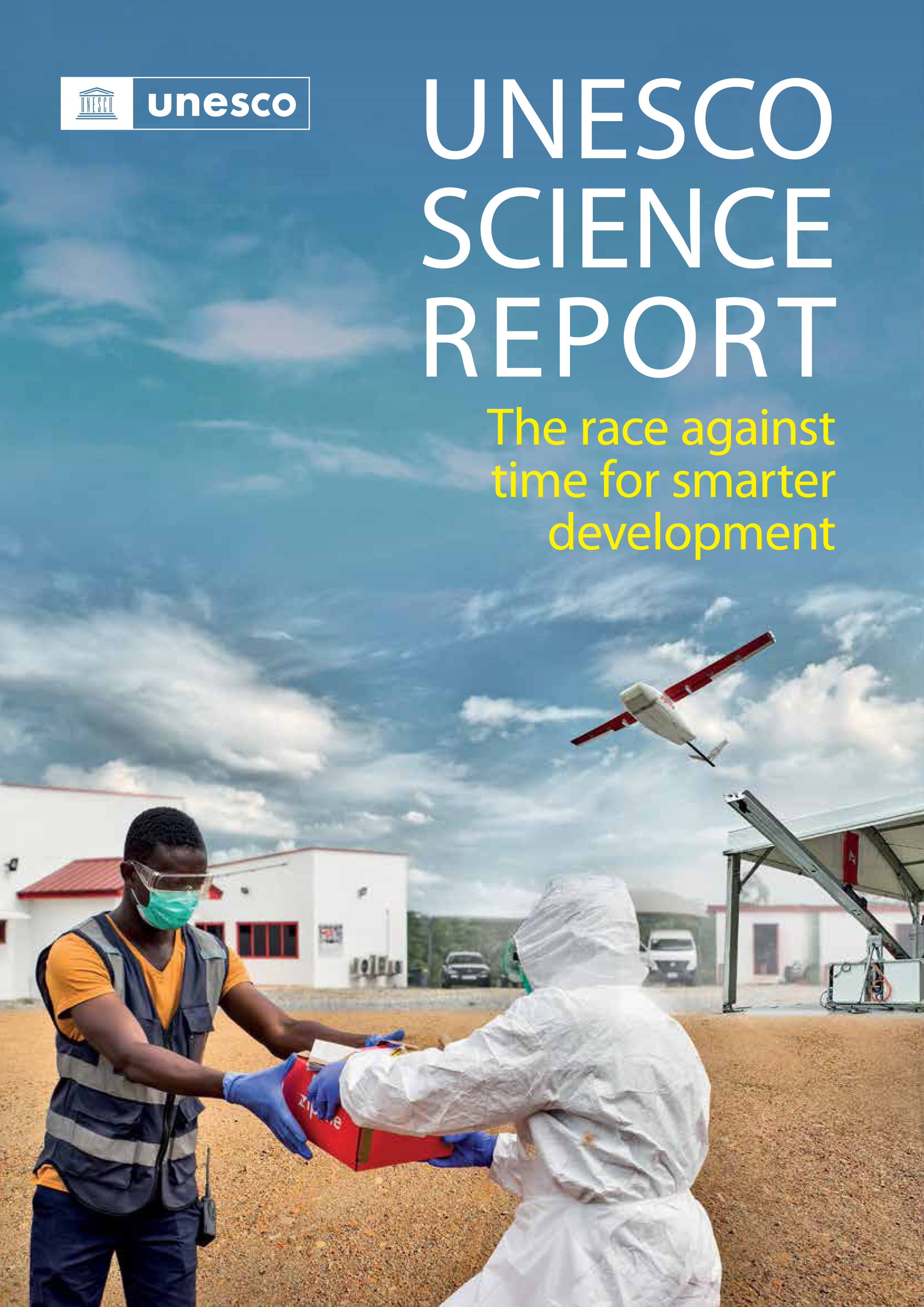
UNESCO Science Report 2021
The Race Against Time for Smarter Development
It is striking how development priorities have aligned over the past five years. Countries of all income levels are prioritizing their transition to digital and ‘green’ economies, in parallel. This dual transition reflects a double imperative. On the one hand, the clock is ticking for countries to reach their Sustainable Development Goals by 2030. On the other, countries are convinced that their future economic competitiveness will depend upon how quickly they transition to digital societies. This seventh edition of the report monitors the development path that countries have been following over the past five years from the perspective of science governance. It documents the rapid societal transformation under way, which offers new opportunities for social and economic experimentation but also risks exacerbating social inequalities, unless safeguards are put in place.
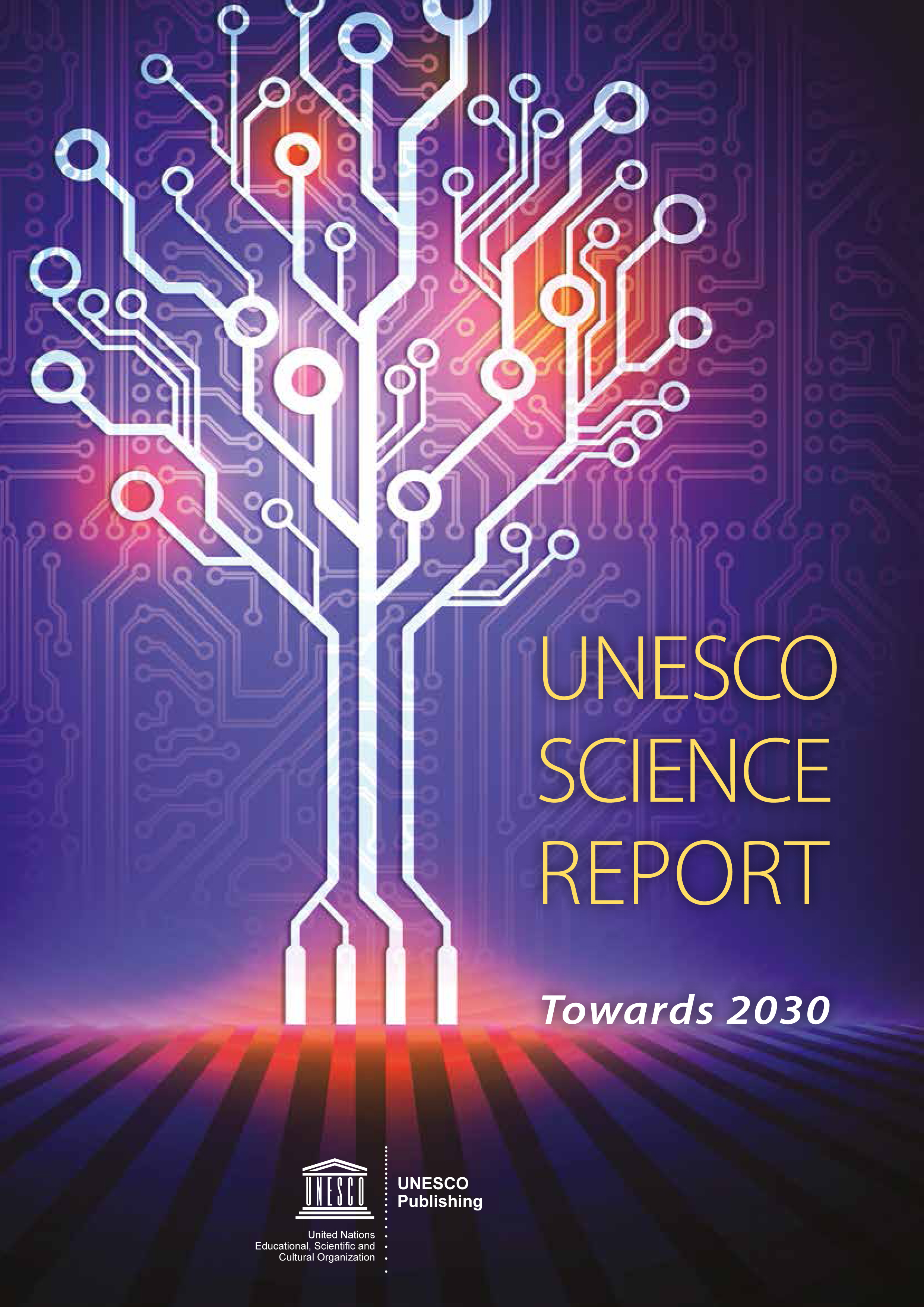
UNESCO Science Report 2015
Towards 2030
The UNESCO Science Report: Towards 2030 was released in November 2015. Spanning the period between 2009 and 2015, it provides more country-level information than ever before on trends and developments in scientific research and governance, with data on 189 countries and profiles of 140 of them. More than 50 experts have contributed to the present report, each of them covering the region or country from which they hail. A quinquennial report has the advantage of being able to focus on longer-term trends, rather than becoming entrenched in descriptions of short-term annual fluctuations which, with respect to policy and science and technology indicators, rarely add much value.
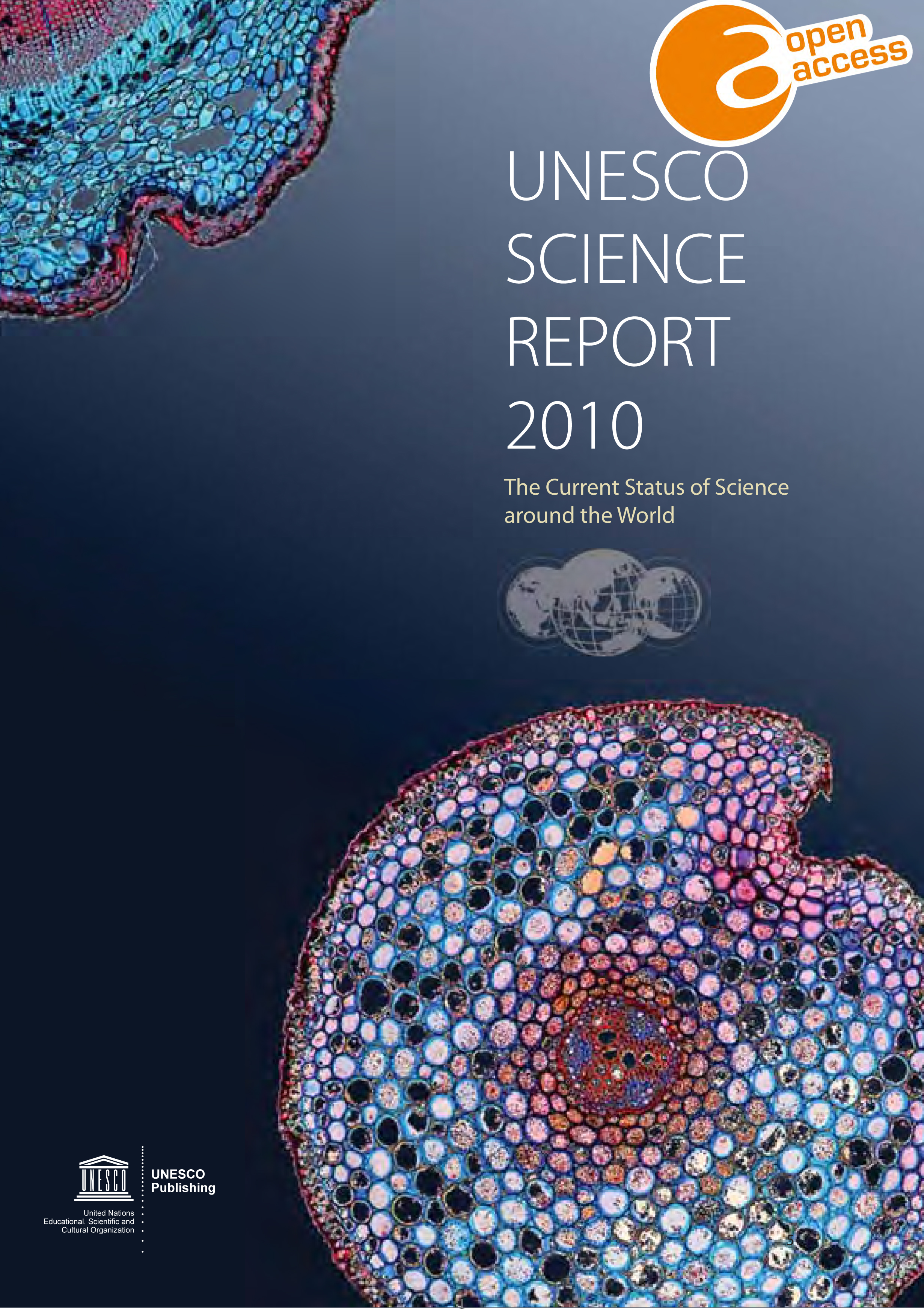
UNESCO Science Report 2010
The Current Status of Science around the World
Written by a team of independent experts who are each covering the country or region from which they hail, the UNESCO Science Report 2010 analyses the trends and developments that have shaped scientific research, innovation and higher education over the past five years, including the impact of the current global economic recession. The report depicts an increasingly competitive environment, one in which the flow of information, knowledge, personnel and investment has become a two-way traffic. This trend is fostering a democratization of science worldwide. In turn, science diplomacy is becoming a key instrument of peace-building and sustainable development in international relations. Taking up from where its predecessor left off in 2005, the UNESCO Science Report 2010 proposes a world tour of the status of science today that should enable ‘science watchers’ everywhere to decipher the trends that are shaping our rapidly changing world.
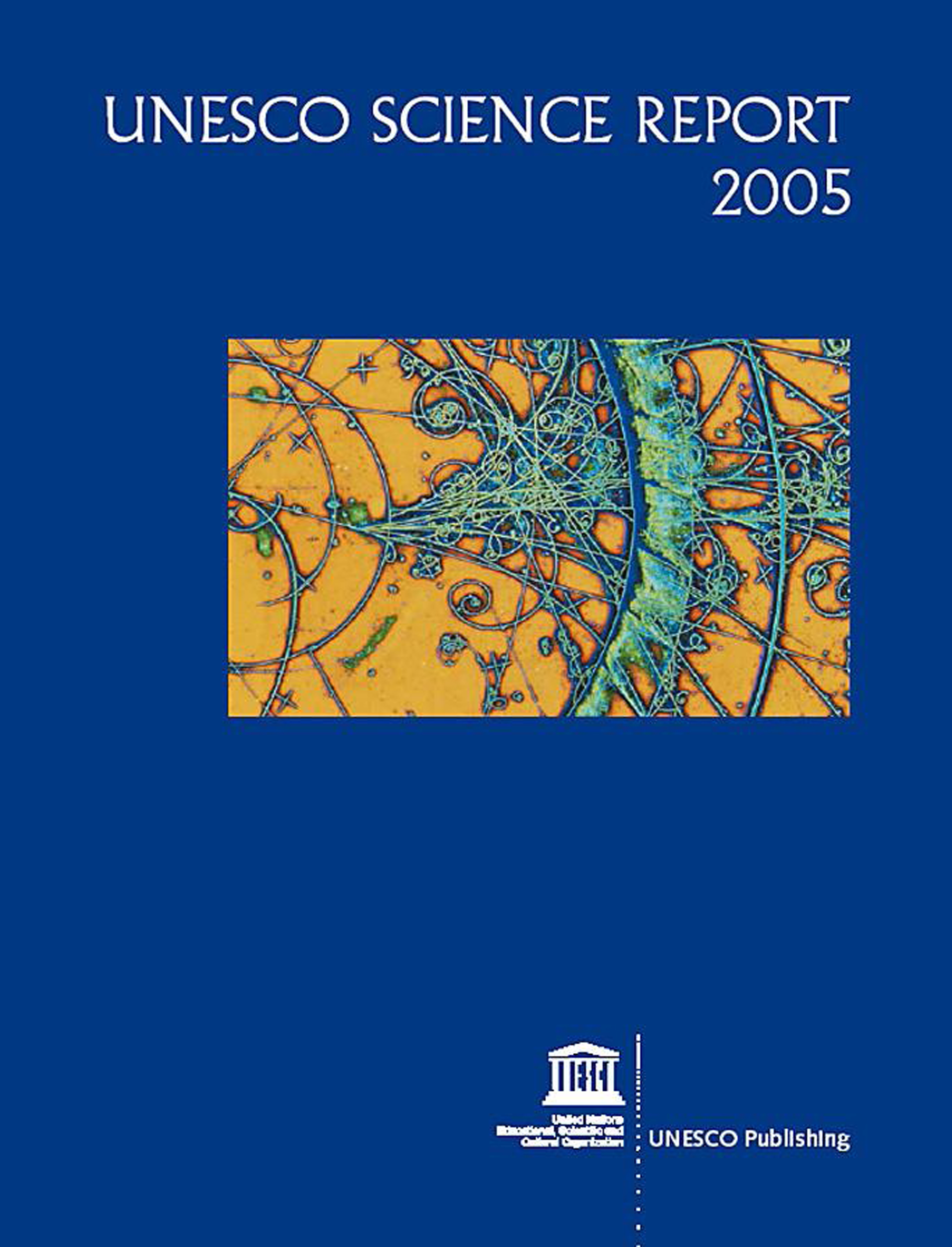
UNESCO Science Report 2005
The UNESCO science report 2005 reviews the state of science around the world in the first years of the Third Millennium. Through the eyes of an independent team of experts, the report identifies and discusses emerging trends in research and higher education. Each chapter describes how research and development are organized in a given country or region. Who is performing R&D today? Where and with what means? What are the new priorities? The report is intended to serve as an invaluable collection of facts, figures and analysis for anyone with an interest in understanding how contemporary issues are shaping science. The UNESCO Science Report 2005 is the fourth in a series which periodically presents a global overview of the state of science. Its well-received predecessor, the World Science Report, was published by UNESCO in 1998.
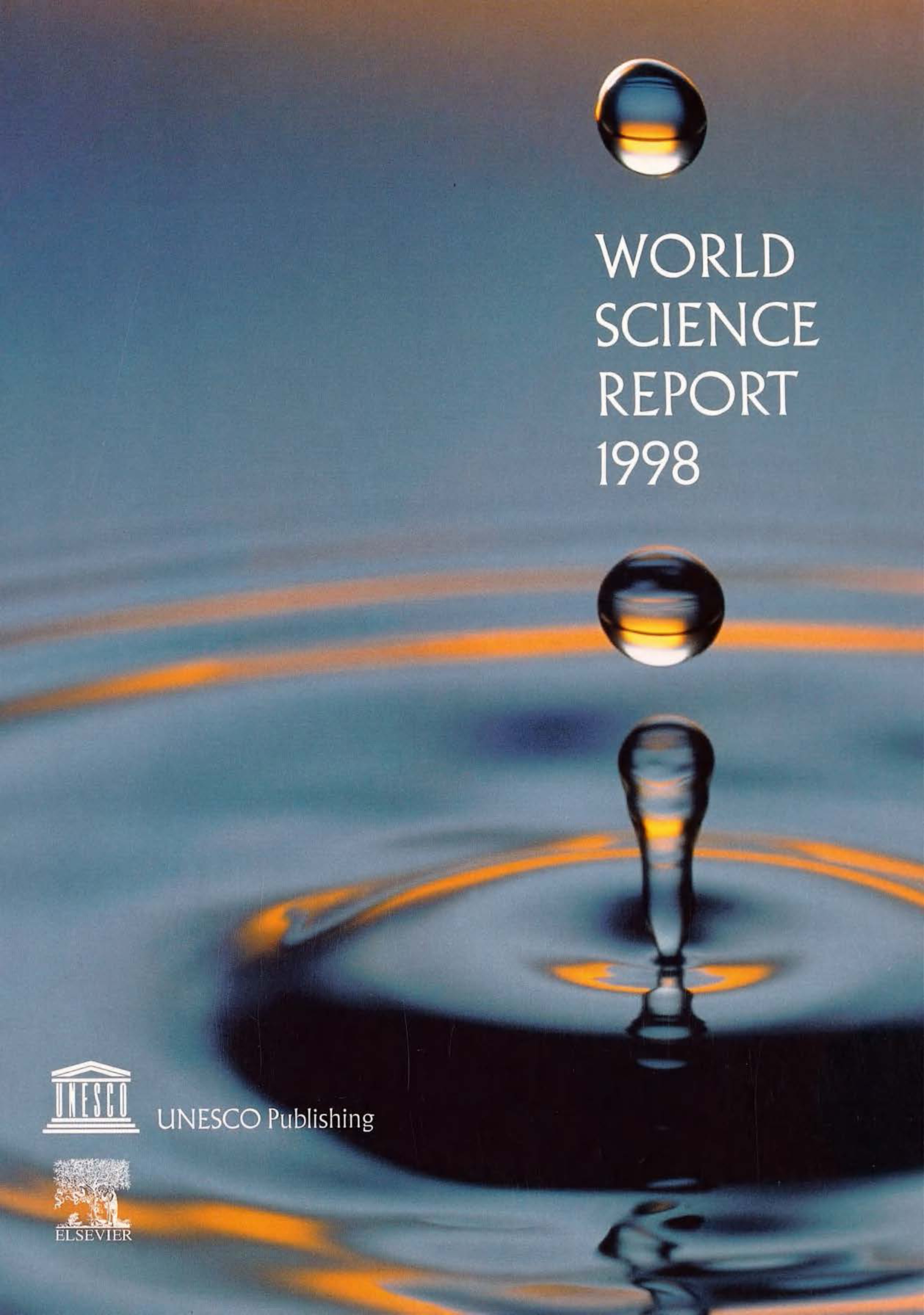
World Science Report 1998
The third in a biennial series published by UNESCO, the World Science Report 1998 looks at the current state of science around the globe through the eyes of an international team of experts. Who is carrying out research and development, where and with what means? What has changed over the past couple of years? Informative and thought-provoking, each essay describes how research and development are organized in a given region or group of countries and identifies and discusses emerging trends in research and science education, including region- or country-specific issues. Wherever possible, the author's opinion is backed up by numerical data presented in an easily accessible form as tables or diagrams. The second part of the Report examines three contemporary issues that have in common their global nature and ramifications for society as a whole. Separate chapters look at how science is helping to safeguard our two most basic commodities - food and water - in a context of rapid demographic growth and environmental stress. Globalization, a leitmotiv throughout the first part of the Report, is also the subject of the concluding chapter, which discusses its impact on scientific communities in the developing countries.
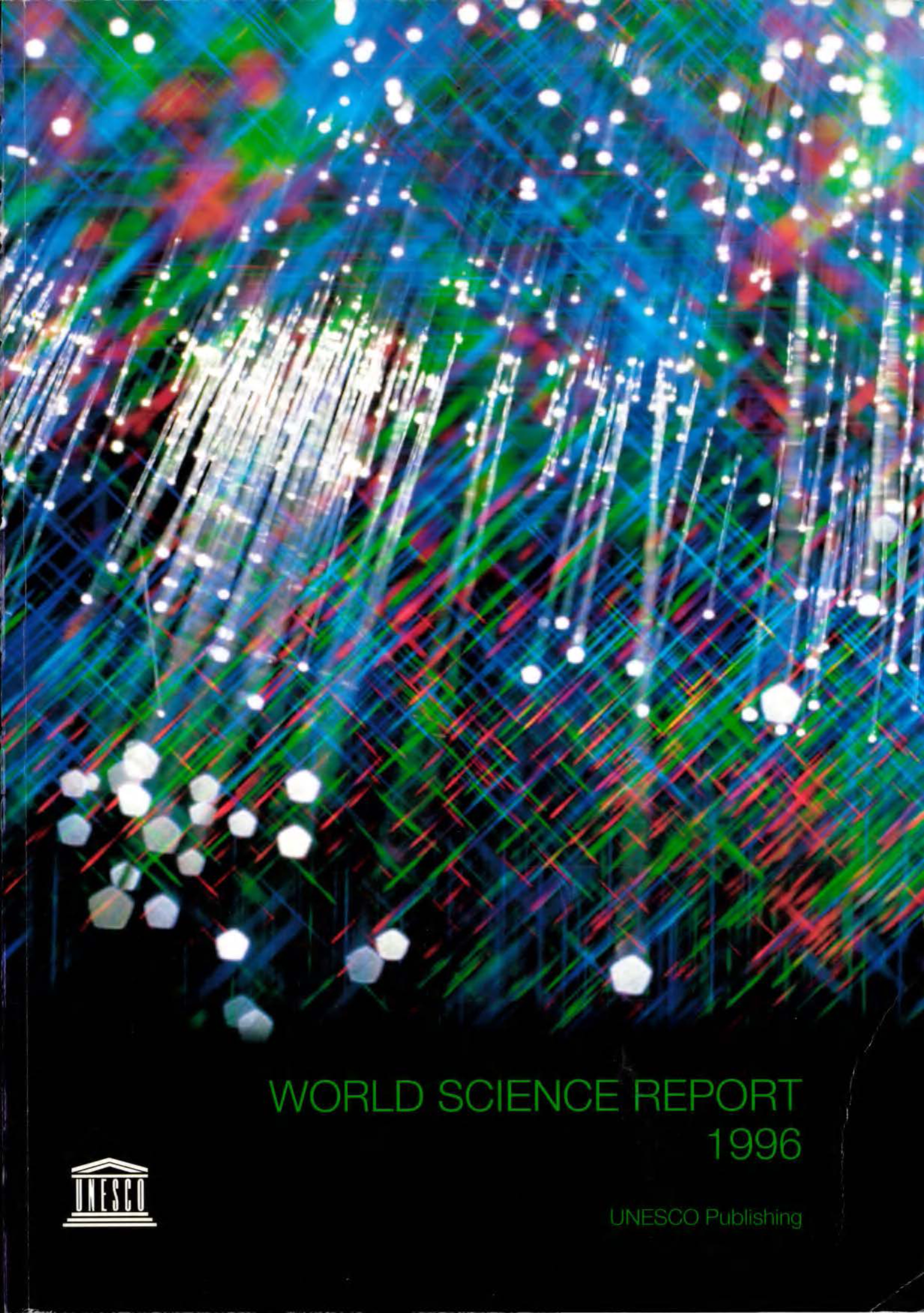
World Science Report 1996
The new edition of this important periodic publication from UNESCO reviews and updates the state of science and technology around the world. It describes and quantifies the recent trends in scientific education and research and development and addresses many of the specific problems faced by each region or group of countries. Some of the most important issues in science and technology of the last few years, of interest both to the scientific community and to society at large, are discussed in the second part of the book. Among these are biodiversity, environmental degradation, the ethics of science and international cooperation in megascience. Particular attention is accorded to recent developments in the new technologies and their impact on society, with chapters on information technology, biotechnology and materials sciences and engineering. The final part is devoted to the gender dimension of science and technology. Its authors, making use of a wide variety of sources, describe the existing disparity in this field, and analyse the main social and educational barriers faced by women in gaining access to scientific careers and decision-making bodies. The World Science Report 1996 is written by an international team of widely regarded authors. It is an essential source of facts, figures and discussion information for all those who want to know how present-day science is organized and how it functions.
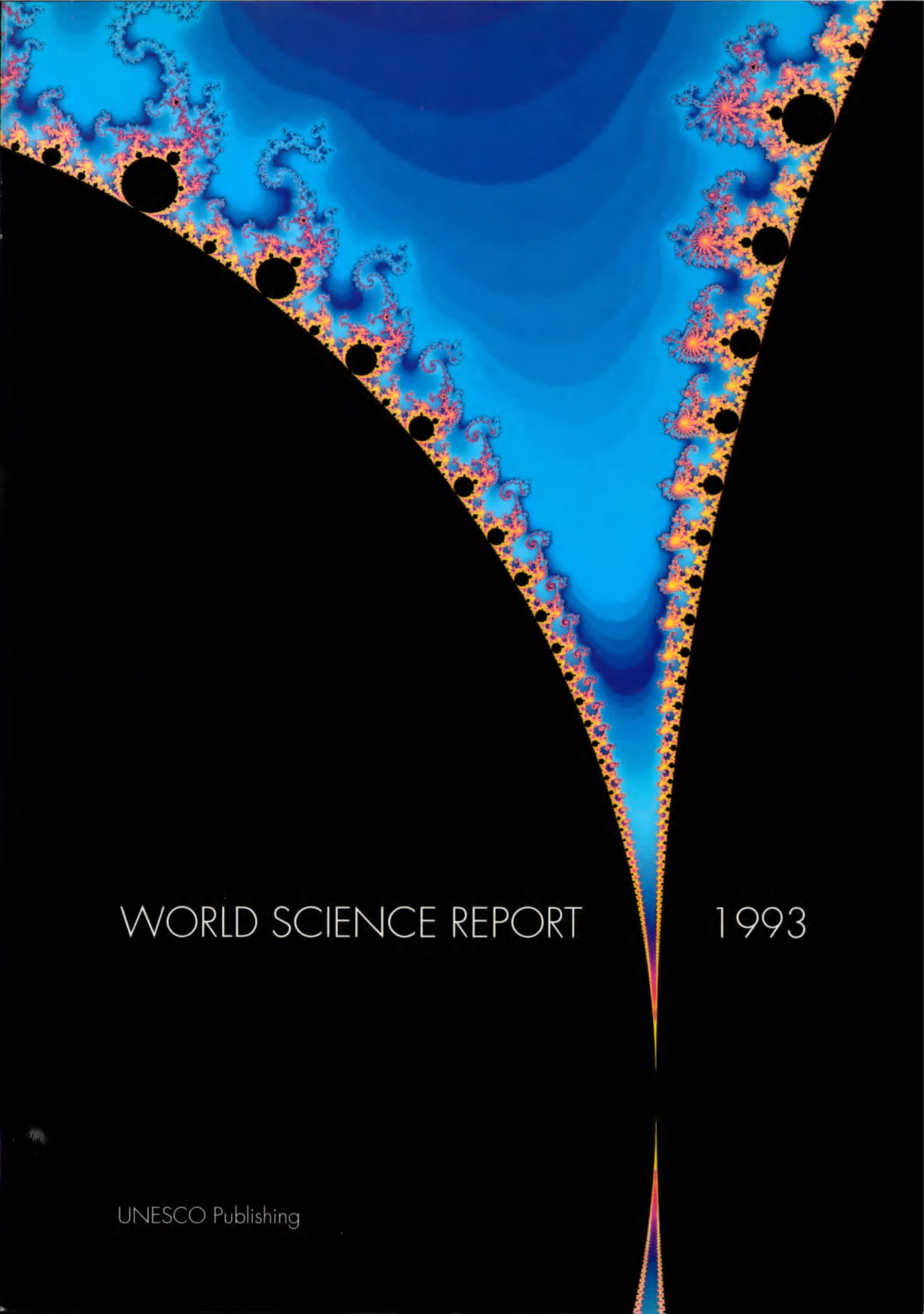
World Science Report 1993
The World Science Report 1993 is made up of four major parts. The first part contains a collection of essays which together constitute an informative and thought-provoking review of the state of science and technology in various regions of the world. The second part describes how scientific R&D is organized - who carries it out, where, and with what means. International partnership and cooperation are discussed in Part 3, while the fourth part carries overviews of recent developments in the basic sciences. The Report concludes with an appendix of statistical tables on national and regional scientific activity and manpower. The World Science Report is both authoritative and readable. Written by authors recognized in their respective fields, the text is packed with facts, figures and discussion on present-day science. As a source of information, this work is a guide for all those with an interest in the shape of science and technology around the globe, be they decision makers, practitioners of science, active participants or observers.
